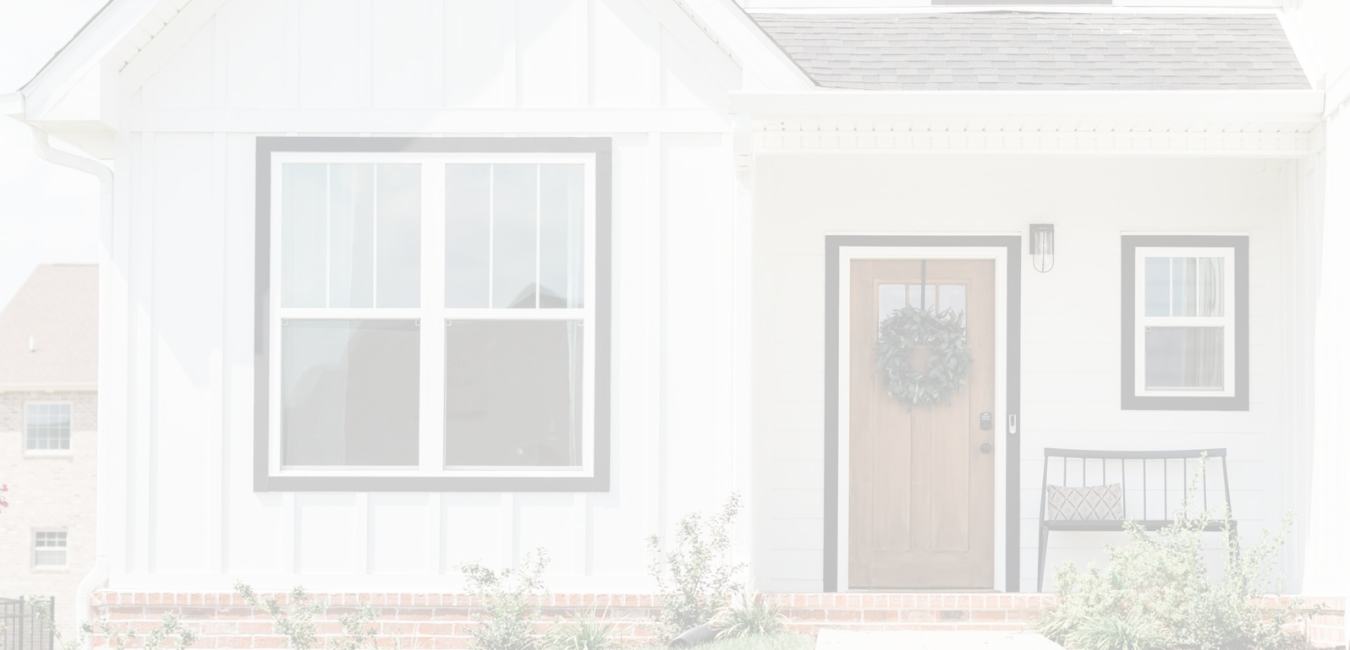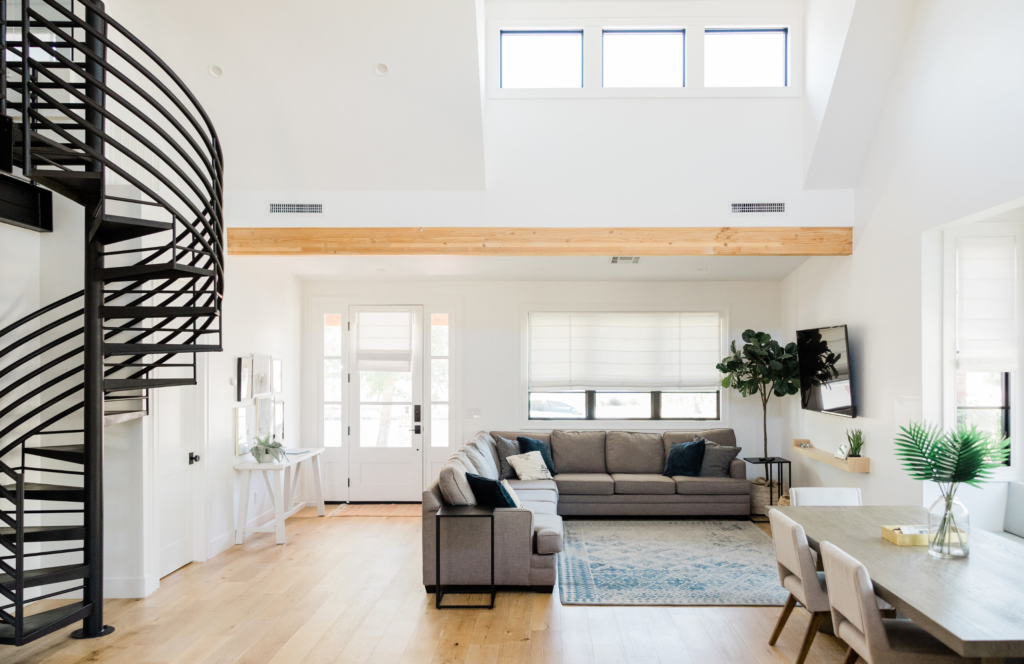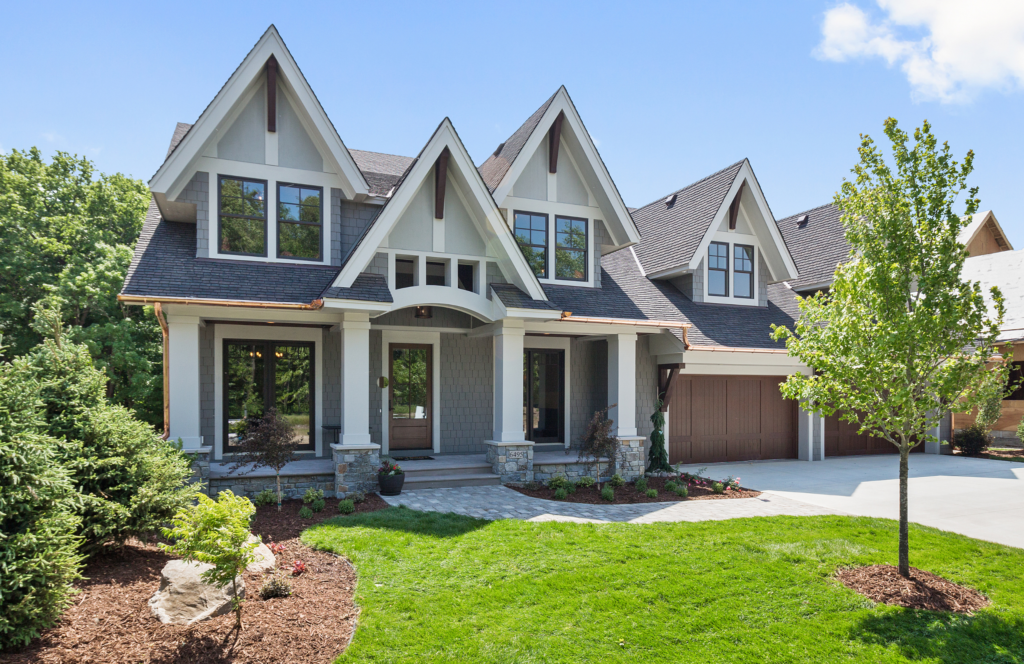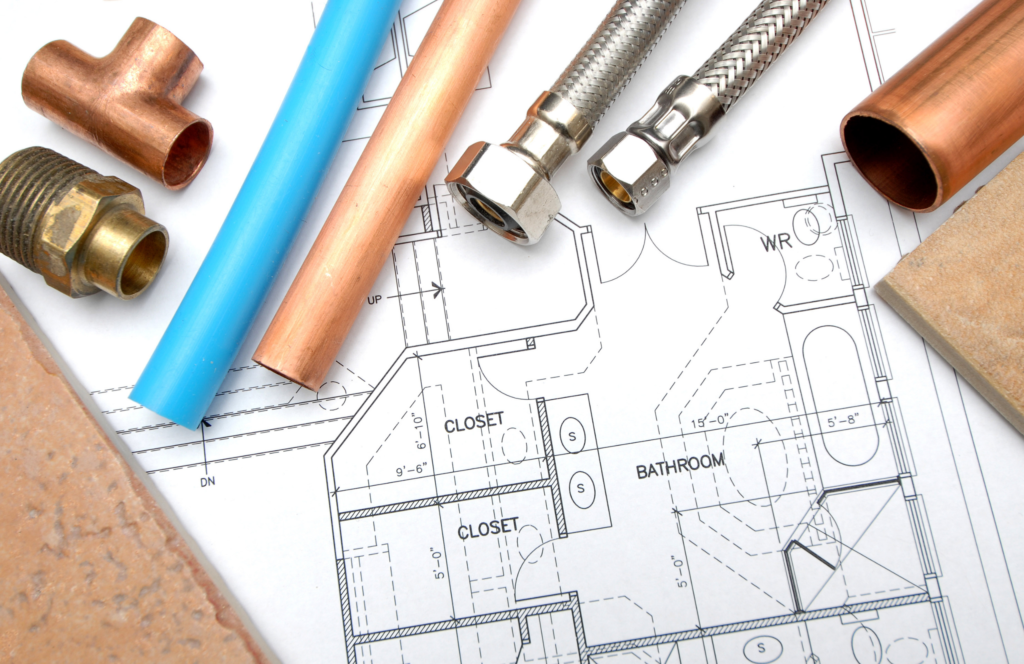
No more twiddling your thumbs. You’re selling and the time has come to whip your well-loved but worn-down home into tip-top shape. So…what’s next? What repairs and improvements are worth it before selling? Here are six to consider:
Paint. Paint is one of the cheapest, easiest ways to update your home and get it ready to list. Plus, you don’t need to be a pro. Just queue up YouTube, pick your colors, and get to rolling.
Exterior. Help buyers locate your home by refreshing house numbers and boost curb appeal with fresh mulch and planters filled with annuals. Have more time? Pressure wash your driveway and sidewalks.
Kitchen. Give cabinets, appliances, and backsplashes a serious scrubbing. Install new hardware and light fixtures and replace countertops if needed. Don’t do a full reno unless your agent advises.
Bathrooms. Cleanliness is king but so is functionality. Repair running toilets and leaky faucets, and consider replacing dingy toilet seats.
Lighting. The brighter the better. Ditch heavy drapes for breezy curtains (or no curtains at all) to let in as much natural light as you can.
Floors. There’s nothing like walking into a home with freshly refinished hardwood floors. If you can, consider refinishing your wood floors — don’t worry, the return on investment is very high.
I encourage sellers to prep their homes right out of the gate for the home inspection. If it’s going to show up on the inspection, why not take care of it before it hits the market?
Are you thinking about selling and wondering what buyers want in your neighborhood? Reach out to me and let’s chat!










